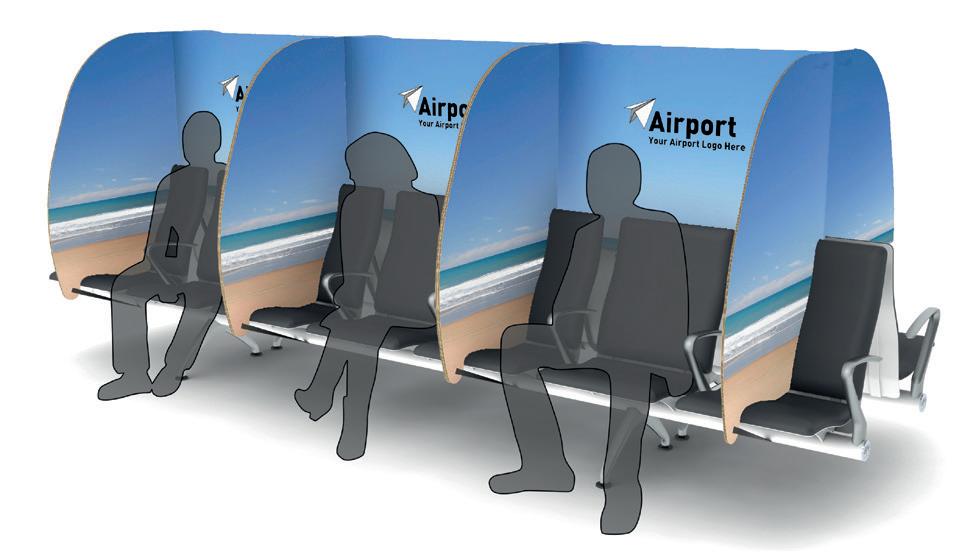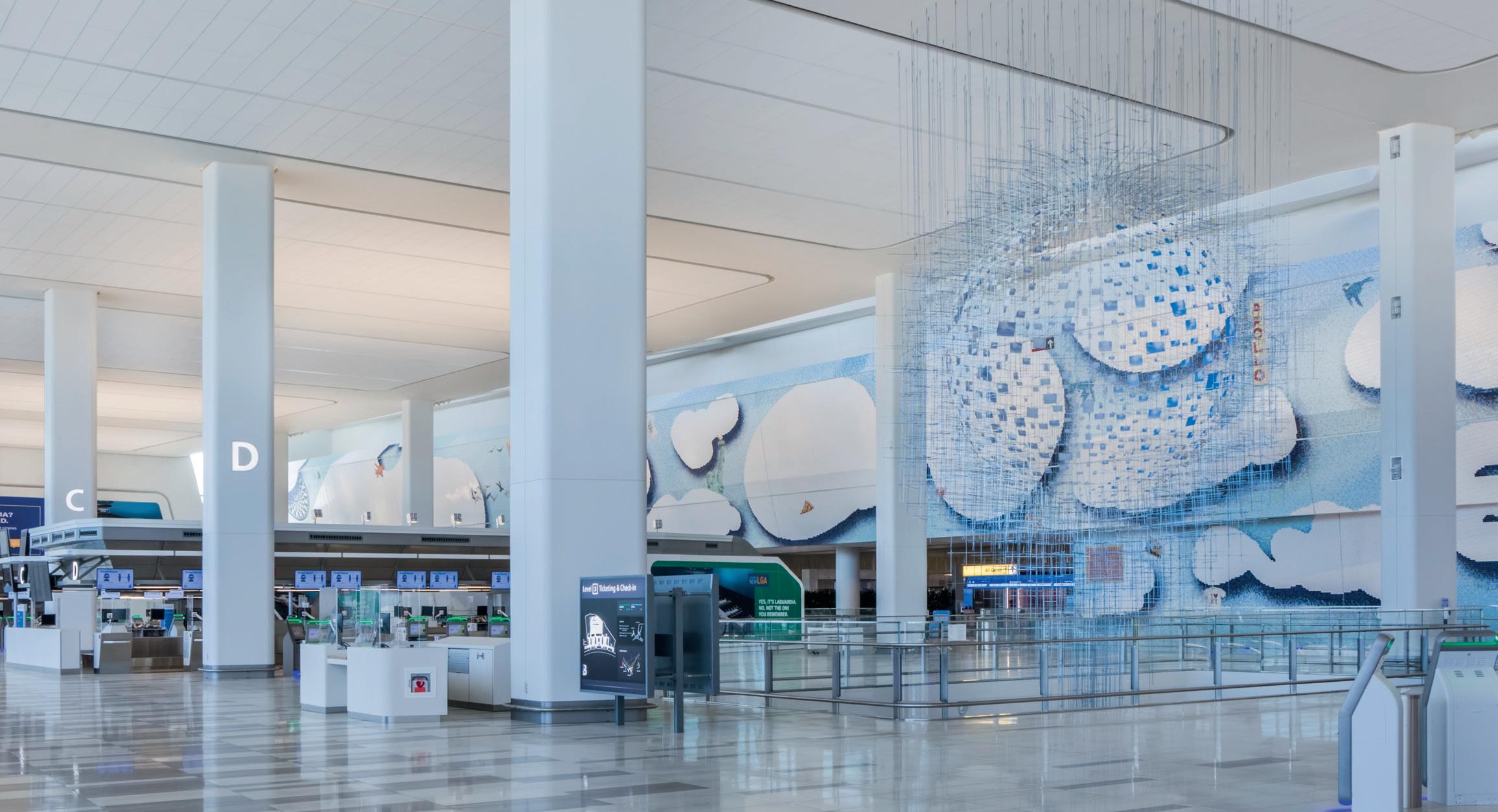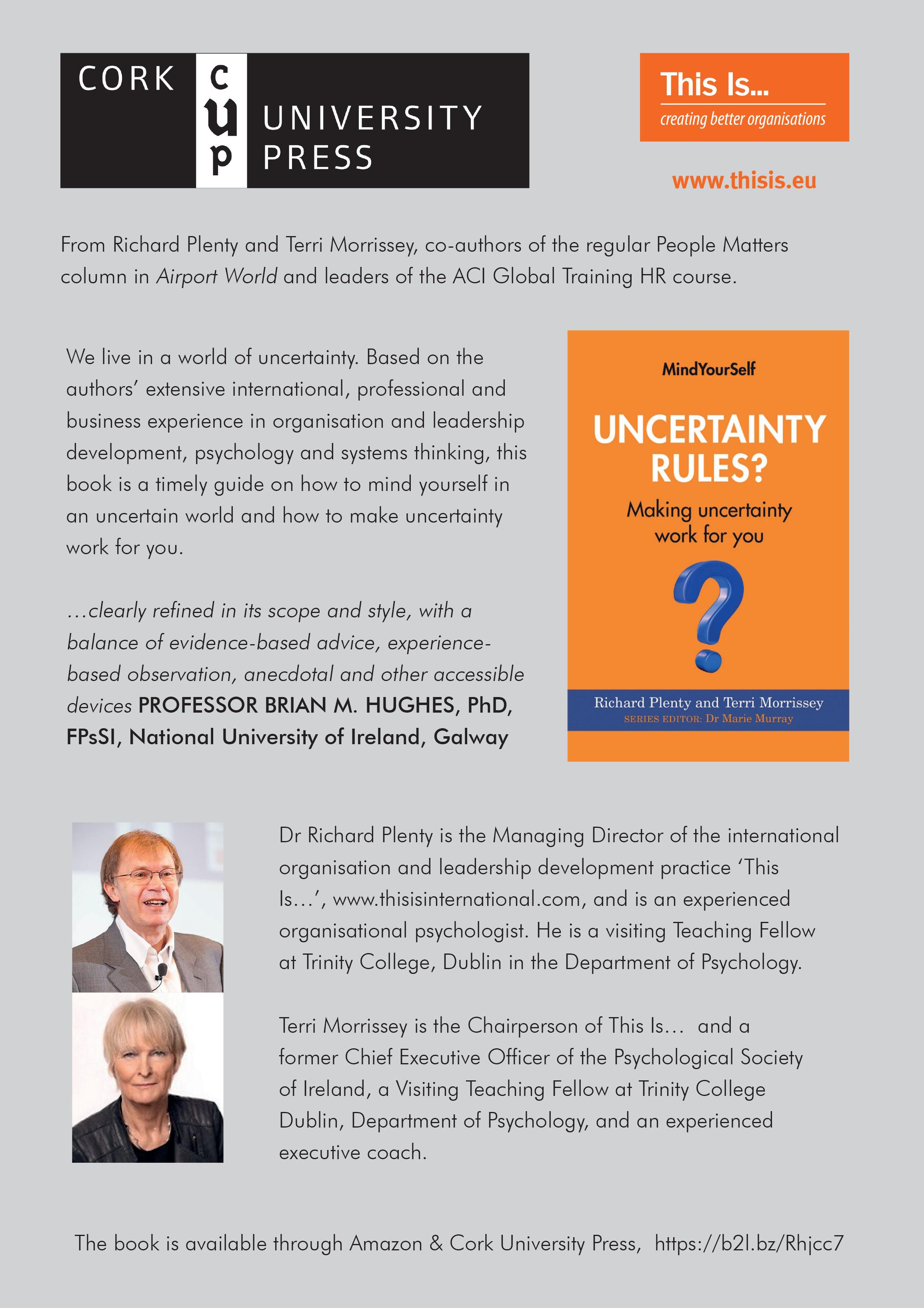
3 minute read
Trust in travel
Communicating confidence through digital platforms such as omnichannel retail can help drive aviation’s recovery from the COVID crisis, writes Kian Gould, CEO of AOE.
Developing a clear picture of the post-lockdown passenger journey will be crucial in establishing passenger confidence as the launch pad for recovery.
Advertisement
The urgent sharing of information across so many locations, people and scenarios clearly must be powered by digital communication to provide instant access and end-to-end assurance to the customer.
For the few airports (and airlines) with sophisticated omnichannel platforms – such as Heathrow and Singapore Changi – the COVID crisis has further magnified the benefits of deeper customer relationships, but the key focus in the recovery launch phase is not on revenue driving but on building trust.
As such, every airport must utilise its existing web, app and social media platforms to provide information, reassurance and trust for the passenger.
This new, COVID-imposed mood also demands a more human and less commercial conversation. The sobering shift from emailing your customer with a car park offer or a summer sales promo to a health message that protects their lives is a crucial juncture on the path back to whatever ‘normal’ is achieved.
To share clear, consistent communication that maintains pace with the shifting scenario, airports needs to have direct and frequent communication with customers to establish a relationship that can be deepened and increasingly personalised over time.
This relationship forms the foundation on which the airport can build an in depth understanding of the customer and their needs, allowing it to provide a much stronger level of customer service and, in time, potentially opening up a much broader range of revenue opportunities that drive greater value for both the passenger and the airport.
Digital platforms enable smarter, more personalised communication across the whole passenger journey, from pre-travel to post-travel – and the former has never been so critical.
The flurry of (often mixed) messages from airports, airlines, governments, media and other organisations to the customer is a recipe for confusion.
The customer wants a single, clear, trusted source of information, and the airport is the natural focus point and the passenger’s mobile device is the obvious platform.
Lacking the depth of passenger data held by the airlines, most airports face a key challenge in that often their first opportunity to communicate with the traveller is when they actually step onto the airport estate, particularly in the retail areas.
This opportunity can and must be fully exploited by developing powerful communication lines through airport websites, apps and social media pages and, while the tone of voice is clearly prioritising safety issues, revenue opportunities cannot be ignored.
Retailers can adapt to create engagement with travellers in the stores, such as through brand activations, usually integrating digital elements.
These targeted retail campaigns are relatively easy to establish and are centred around ‘retailtainment’ in-store displays supported by social media campaigns, digital coupons etc, and are proven to drive footfall and conversion, including pre-travel ‘digital footfall’ and digitally driven sales.
Whatever shape the recovery takes, customer communication will be the pivotal factor, as highlighted by the recent research by Gensler suggesting that the US’s recovery could be accelerated by six to eight months if airports can instil passenger confidence.
A direct digital relationship with the passenger is the airport’s optimal pathway to achieving that, providing them with the personalised information, reassurance and confidence they need.
While the word ‘CAPEX’ is becoming an increasingly taboo word in today’s airport boardrooms, launching initiatives to improve direct customer relationship and communication channels cannot wait until the pandemic is over.
More innovative models, based on subscription rather than big CAPEX investments, are becoming more and more the norm, and starting the digital conversation has never been more important.










